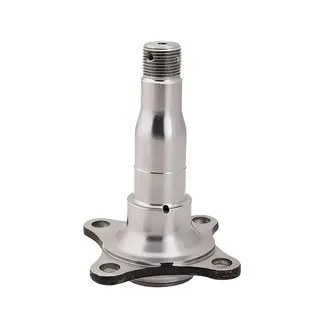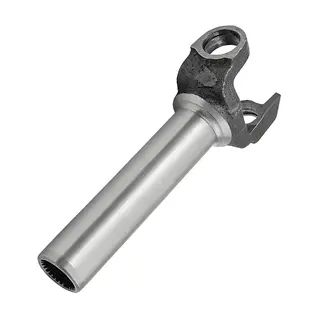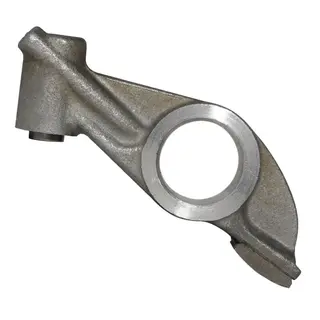Forging is a critical manufacturing process in the aerospace industry, enabling the production of high-strength, lightweight, and highly reliable components. By shaping metal through controlled deformation under high pressure, forging enhances mechanical properties such as strength, toughness, and fatigue resistance, qualities essential for aircraft operating in extreme conditions. Aerospace forgings are found throughout both airframes and engines, playing a decisive role in safety, performance, and efficiency.
All Metals & Forge Group manufactures a wide variety of forged components for aerospace and aircraft applications, including:
Structural Components: Seamless Rolled Rings, Gear Blanks, Shafts and Step Shafts, Bearing Housings, Bulkheads, Base Plates, Deck Forgings, Cases, Shells, and Pylons.
Engine and Propulsion Parts: Turbine Disks, Nozzles, Thrust Cones, Chamber Forgings, Spinners, Splitters, and Propeller Hubs.
Landing Gear & Support: Landing Gear Axles, Landing Gear Cylinders, and Attach Rings.
Specialized & Complex Parts: Swashplates, Rotor Hubs, Transmission Rings, Docking Adapters, Separation Rings, Interstage Forgings, Frustums, Valves, Tunnels, and Seals.
This wide spectrum demonstrates the adaptability of forging to both simple and complex geometries across aerospace systems.
Superior Strength & Fatigue Resistance: Grain flow alignment improves strength and toughness, ensuring reliability under high stress and vibration.
Enhanced Durability: Forgings exhibit structural integrity free from internal defects, increasing component lifespan and reducing maintenance costs.
Lightweight Design: High strength-to-weight ratios enable lighter aircraft, improving fuel efficiency and payload capacity.
Precision & Complexity: Closed-die forging allows intricate shapes and tight tolerances to meet aerospace design requirements.
Reliable Performance: Rigorous non-destructive testing (ultrasonic, radiographic, magnetic particle) ensures safety and compliance with stringent aerospace standards.
Aluminum Alloys: Valued for low density and strength-to-weight ratio; used in non-critical structures like frames and brackets.
Titanium Alloys: Known for high strength, corrosion resistance, and heat tolerance; applied in engine parts, landing gear, and high-performance structures.
Steel Alloys: Provide superior strength and toughness; commonly used for fasteners, gears, and critical load-bearing parts.
Open-Die Forging: Used for large or simple components and pre-forms before precision shaping.
Closed-Die Forging: Employs shaped dies to create near-net-shape, complex parts with high dimensional accuracy.
Post-forging treatments such as heat treatment, machining, and surface finishing further optimize mechanical properties and performance.
Forged parts are indispensable across multiple systems:
Airframe: Wings, fuselage, landing gear structures.
Engines: Compressor and turbine components capable of withstanding extreme stress and temperature.
Control Systems: Valves, actuators, and precision linkages ensuring safe flight operation.



